Tyr y Graig, now Ivy Cottage – 125a on the 1841 tithe map.
In May 1660 William Morgan of Mamhilad released Tyr y Graig to his son Roger, in 1665 Roger Morgan released the property to his son, Oliver Morgan. The occupier in 1665 was William Mathews.
Roger Morgan died in 1681 and mentions in his will his son Oliver to whom he leaves two milch kyne, I cannot read what he leaves to his daughter Elizabeth but to his grandchildren Charles and Jane he leaves one ewe and a lamb. The remainder of his grain, goods and chattles to his wife Hester.
In October 1710 Tyr y Graig was passed from Oliver Morgan to William Andrews, the occupier was Mary Mathew, a widow.
In 1759 William Jones of Ty Graig and Hester his wife baptised and buried the following children at St Peter’s,.
Ann on the 7th September 1760, Ann died in June 1764.
David buried in 1762
Elizabeth born in in 1763, she died in 1772
Samuel, baptised in 1765
Robert, baptised and buried in 1770
William and Elizabeth baptised in 1766
Mary baptised in 1769 and died in 1792
William Jones was a butcher, he is mentioned in the overseer of the poor records as a constable for the year 1769. In the years 1774 and 1797 he became an overseer of the poor. He paid land tax for the 20 covers belonging to Try y Graig in 1798 but the amount isn’t mentioned.
On the 30th April 1801 Elizabeth Jones, the daughter of William married Thomas Jenkins. Their fathers, William Jones and John Jenkins were witnesses.
From 1805 to 1824 Thomas Jenkins was paying the land tax for the property, this changed in 1825 to John Rosser of Pantglas, this changed once again in 1827 to David Davies.
Ownership of Tyr y Graig had changed to George Lawrence by the 1841 census, Mary Jones is the occupier of 19a 3r 27p. Mary is paying the sum of £1 3s 8d tithes to the Rector.
By 1851 Tyr y Graig had become a school run by Elizabeth Powell, she was 45, a governess, and she had studied at the Ladies Seminary, Oxford. Elizabeth was born in Clytha, the daughter of John and Diana (nee Morgan) she was one of 5 children, her sisters were Mary and Esther and brothers Samuel and James.
Living with her on the night of the 1851 census is 5 year old Mary Morris. Elizabeth mainly taught children of the Calvanistic Methodists.
On the 31st December 1859 George Lawrence sold Tyr y Graig to Col. Henry Bird. Col. Byrde took a mortgage of £2,000 to purchase this and several other properties in the parish.
Elizabeth Powell remained at Tyr y Graig, now called Ivy Cottage with her school. One of the children living with her on the census of 1861 was her 11 year old niece Susanna Pugh, also Eleanor and Mary Wilks from Newport, Eleanor was 9 and Mary 7.
Elizabeth Powell died in 1871 and was buried alongside two of her brothers at Chapel Ed.
The Davies family had purchased Ivy Cottage by 1881. Thomas was 47, (his wife Ann had been admitted to Abergavenny lunatic asylum in 1878.) Living with him are his 20 year old daughter Elizabeth, and sons John 13 and David 8.
Thomas’s wife Ann died in the asylum in 1903, she was 65, her funeral was held at St Peter’s.
Thomas Davies remained at Ivy Cottage until 1908, he placed an advert in the Free Press on the 24th April the same year of a cottage to let, apply Thomas Davies c/o Alfred Williams, Burgwm, Thomas Davies let Ivy Cottage to the James family, Thomas then moved to Six Bells, Garndiffaith.
The gross value of Ivy Cottage in 1910 was £3 15s, the rateable value was £3 for 2 acres.
The census of 1911 gives William Francis James as the occupier, he is a 40 year old Great Western Railways plate layer, born in Goytre, Mary his wife is 38 from Trostrey, their children are William Arthur 18, Evelen 15, Archie 14, Margaret 10, Albe 12 and Elsie 4.
Thomas Davies was still the owner in 1915, the electoral register shows the James family remained in occupation until at least the 1930’s.
Ivy Cottage is now in the parish of Llanover.
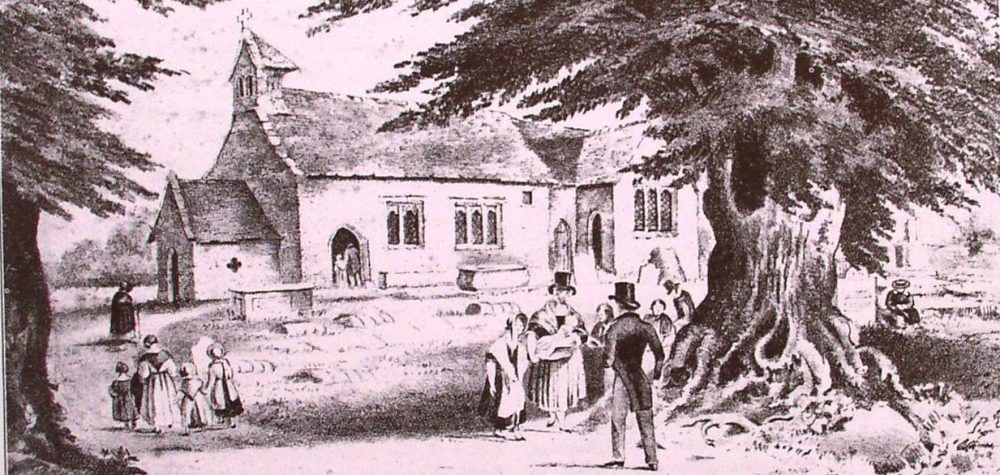

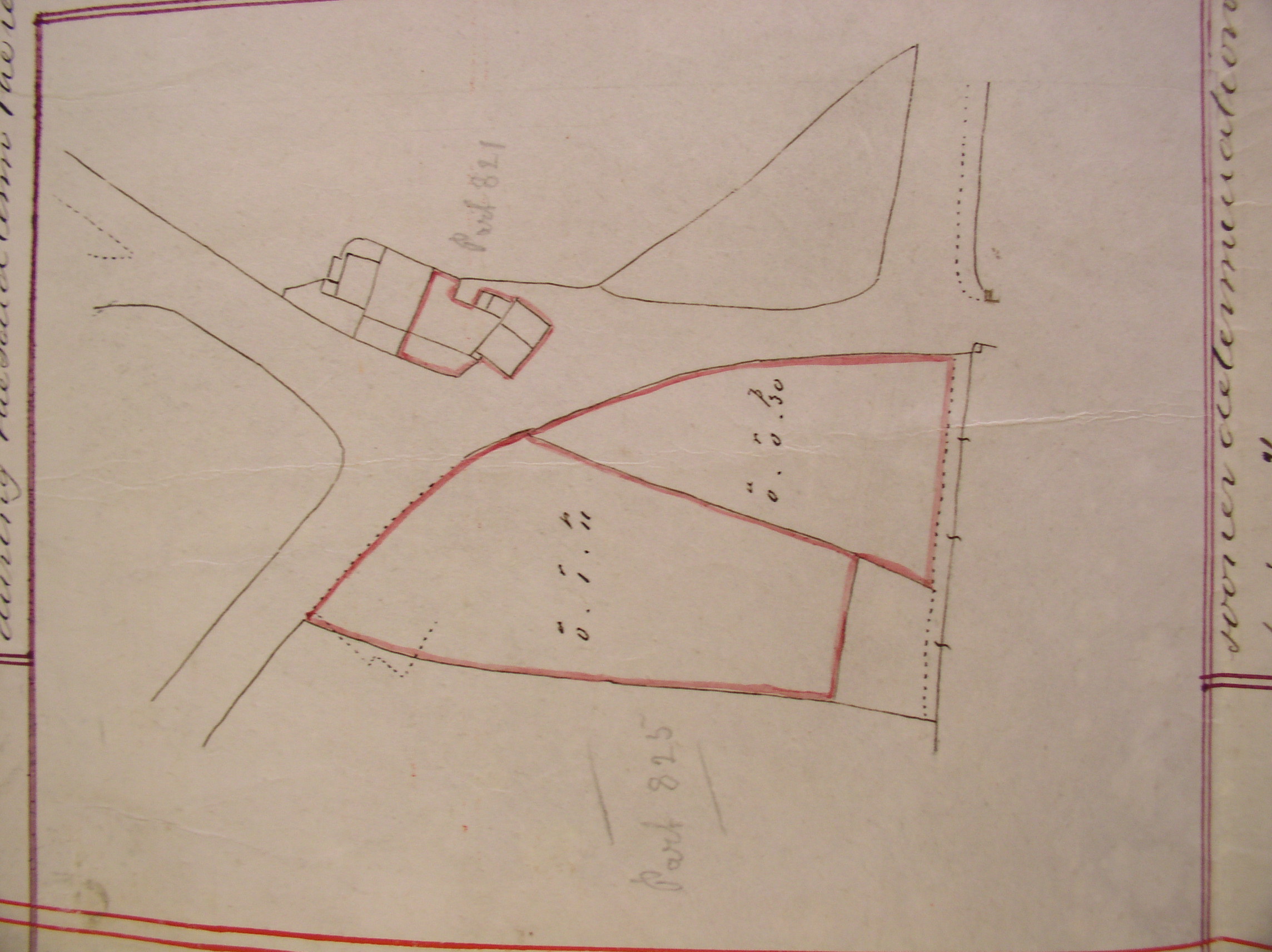
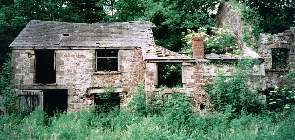

 The owner of the Old Cider Mill was the Earl of Abergavenny.
The owner of the Old Cider Mill was the Earl of Abergavenny.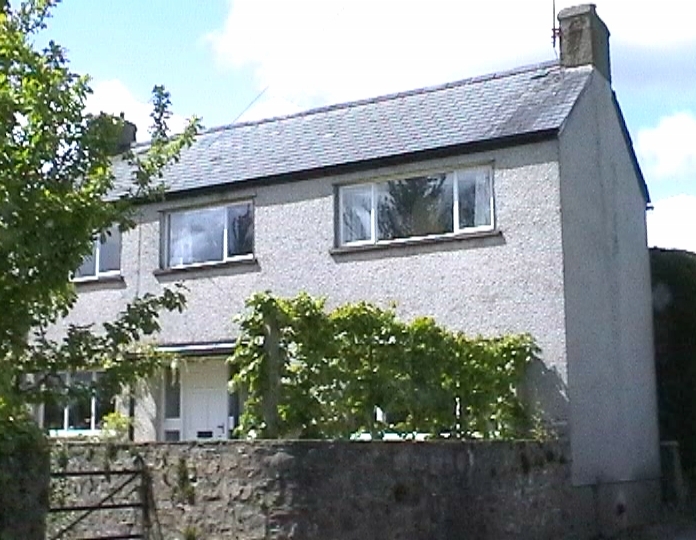
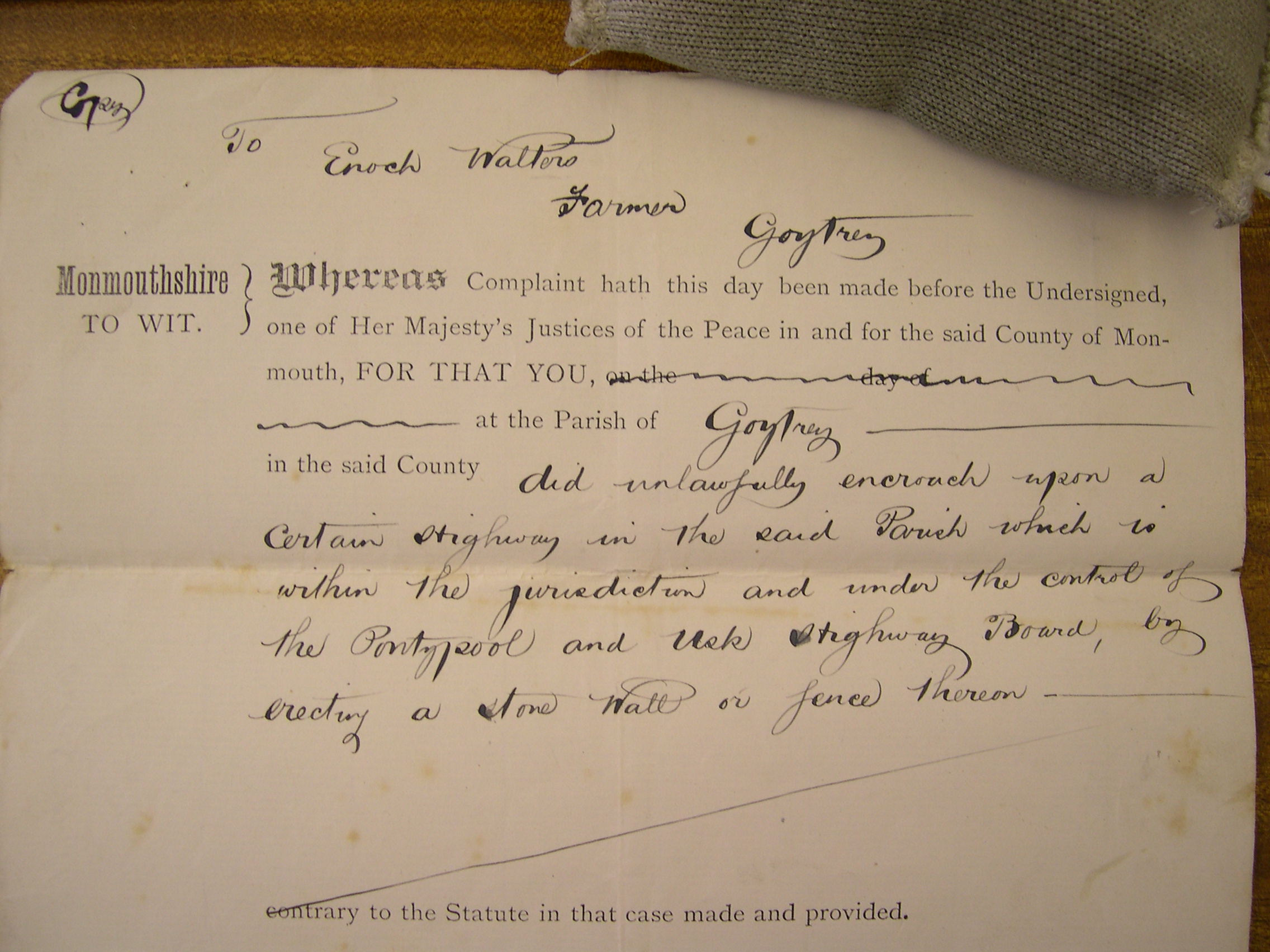
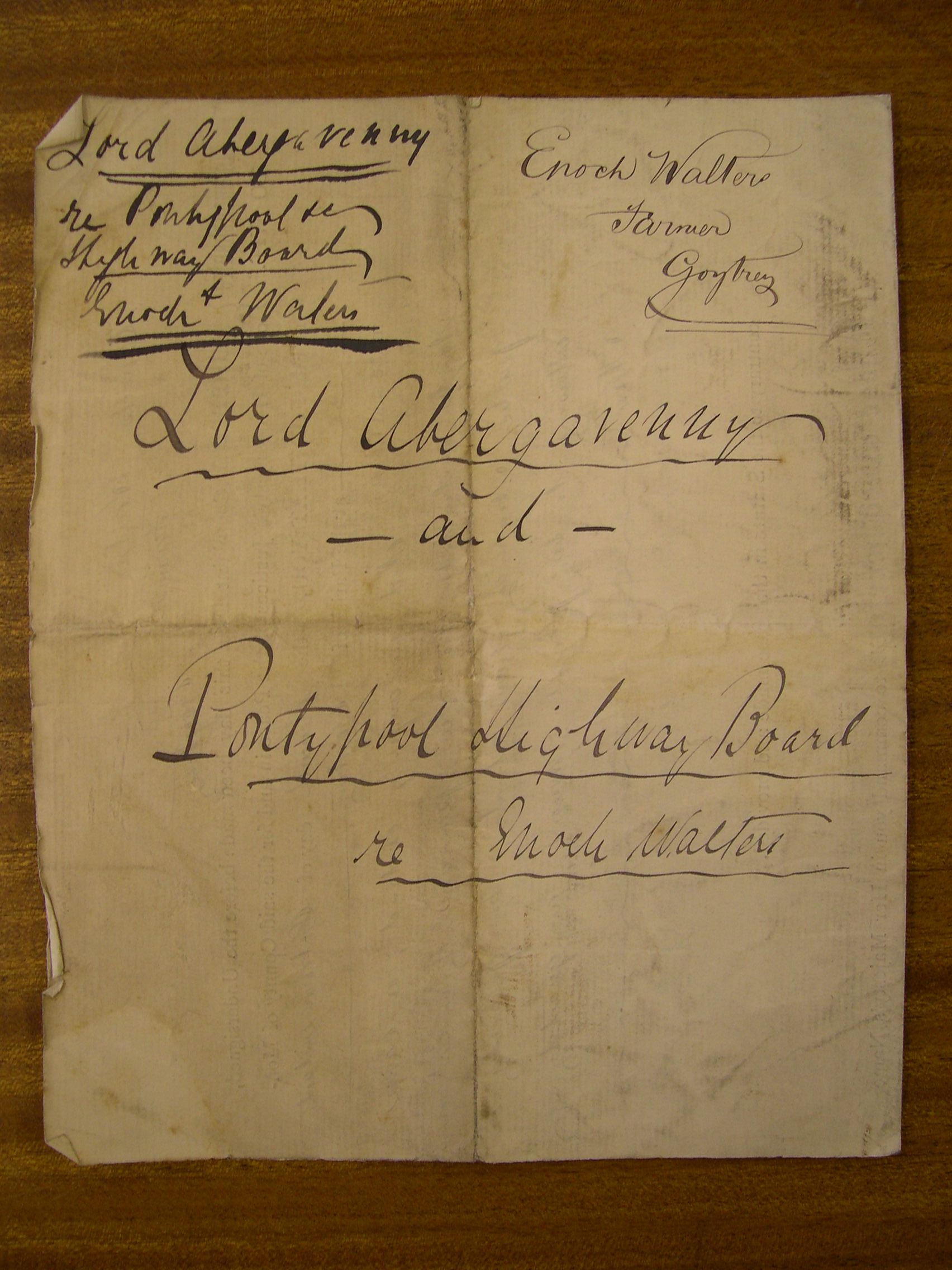
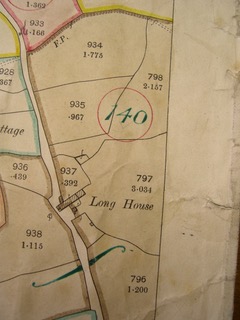
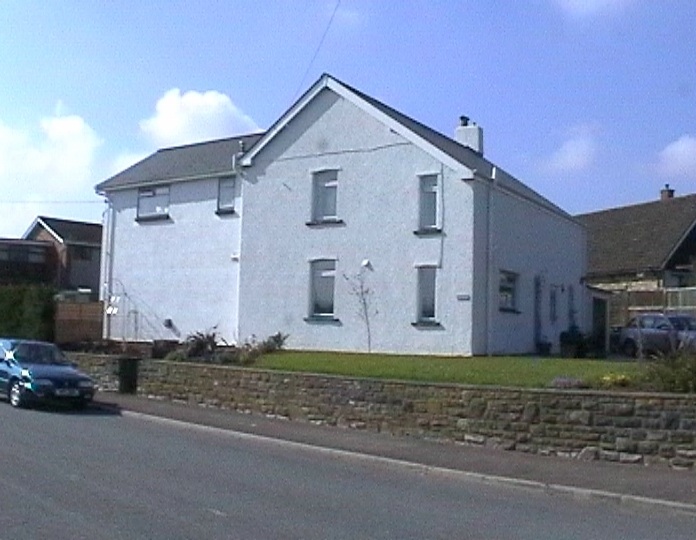
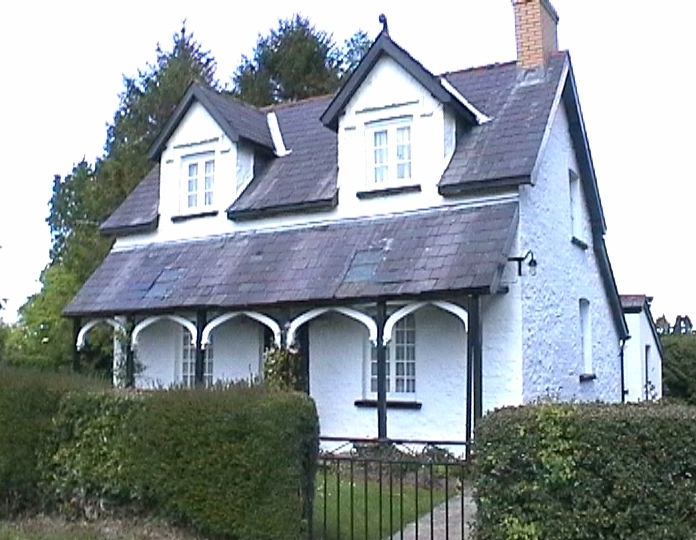

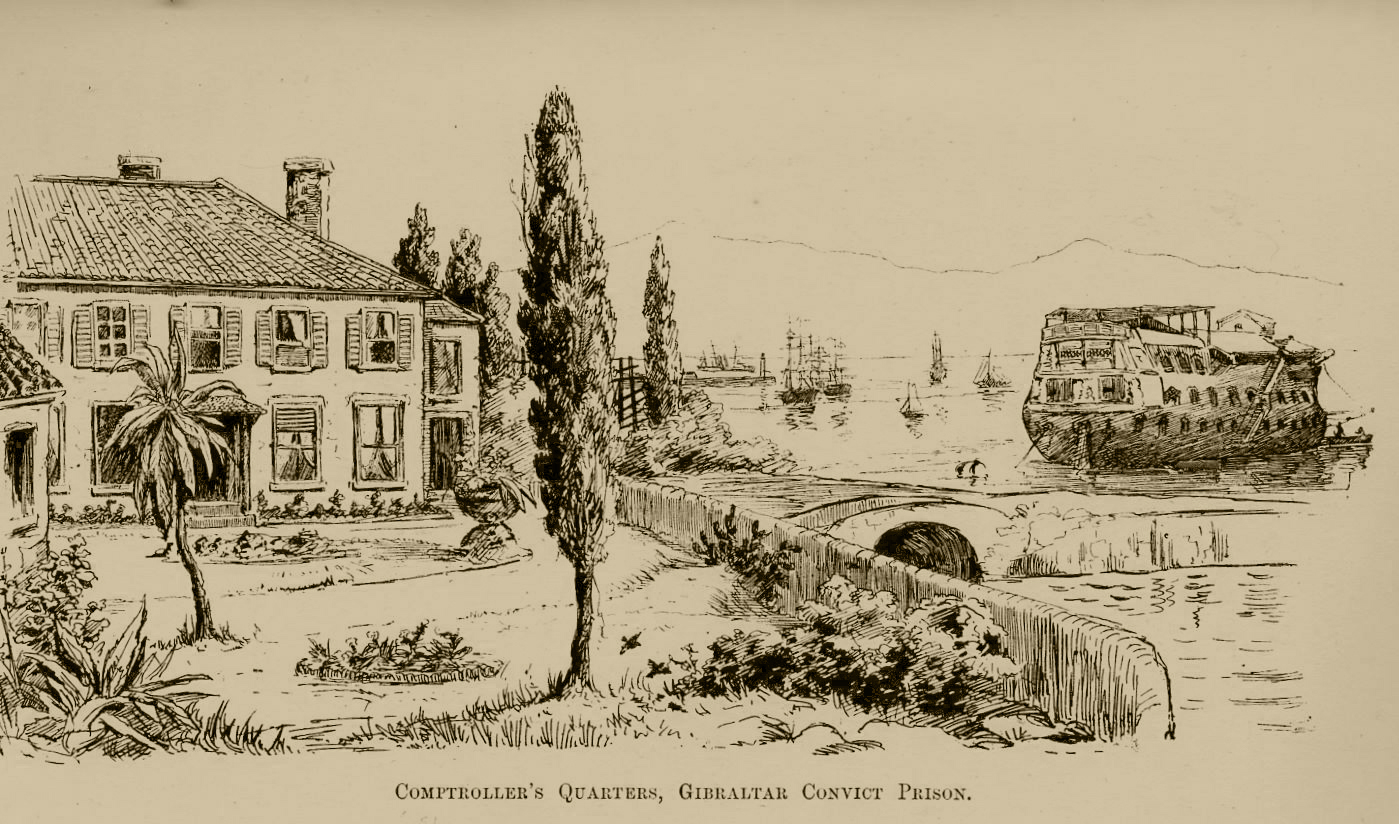 Due to his good behaviour he was given his ticket of leave after 7 years and returned to England. I have found him and his wife Hannah on the census of 1851, they are living in Barton Street, Gloucester, with them is their 11 year old daughter, also Hannah, born in Goytrey.
Due to his good behaviour he was given his ticket of leave after 7 years and returned to England. I have found him and his wife Hannah on the census of 1851, they are living in Barton Street, Gloucester, with them is their 11 year old daughter, also Hannah, born in Goytrey.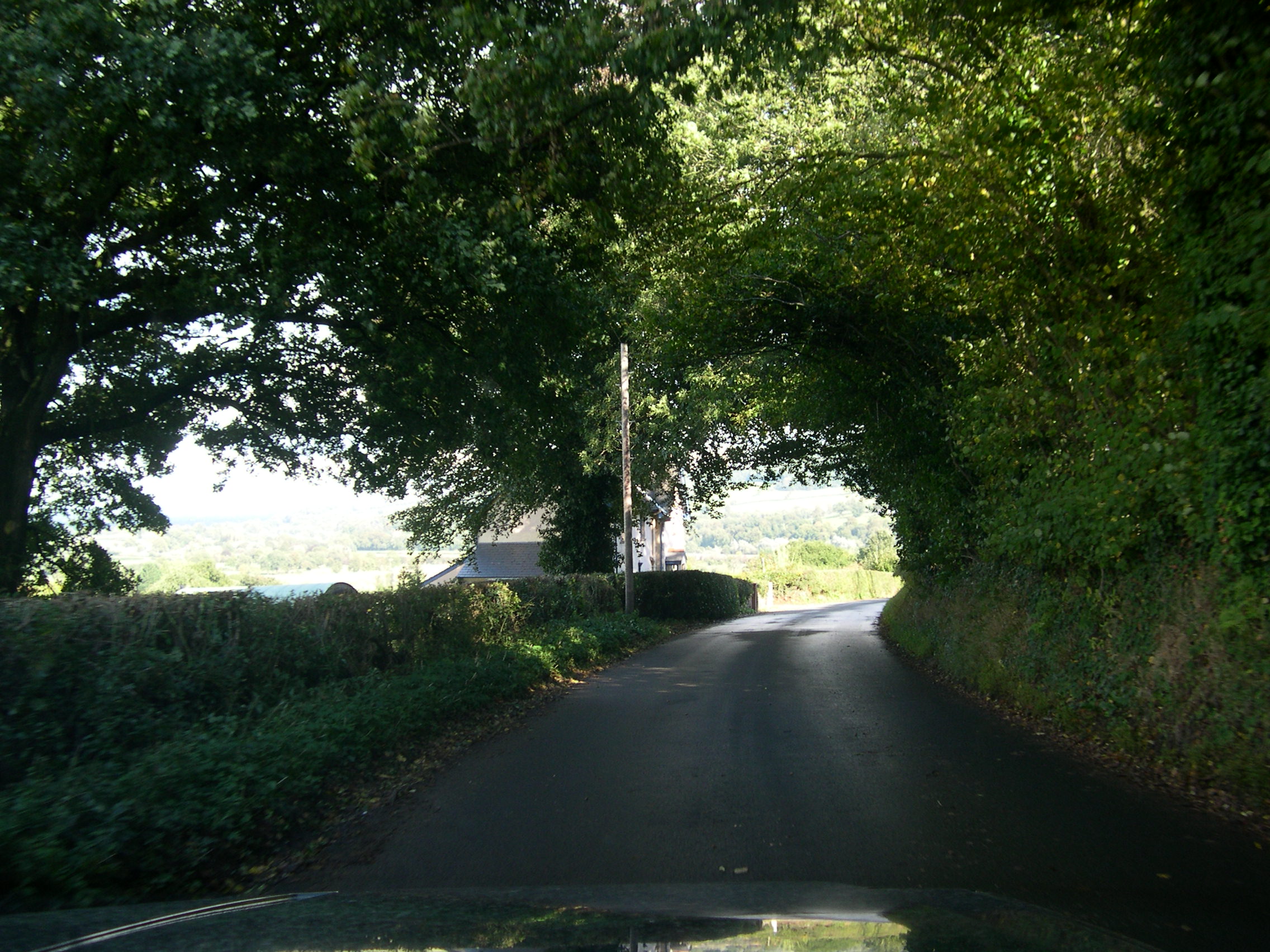

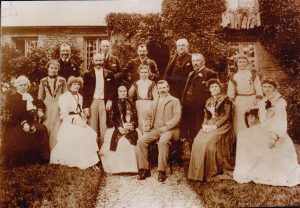
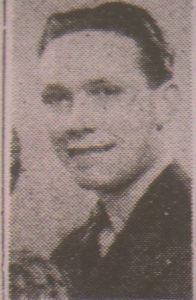 in which he displayed the utmost fortitude, courage and devotion to duty.
in which he displayed the utmost fortitude, courage and devotion to duty.